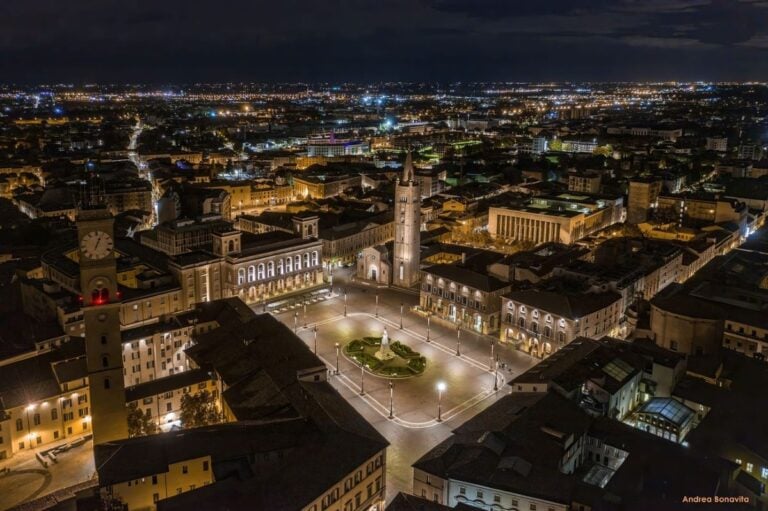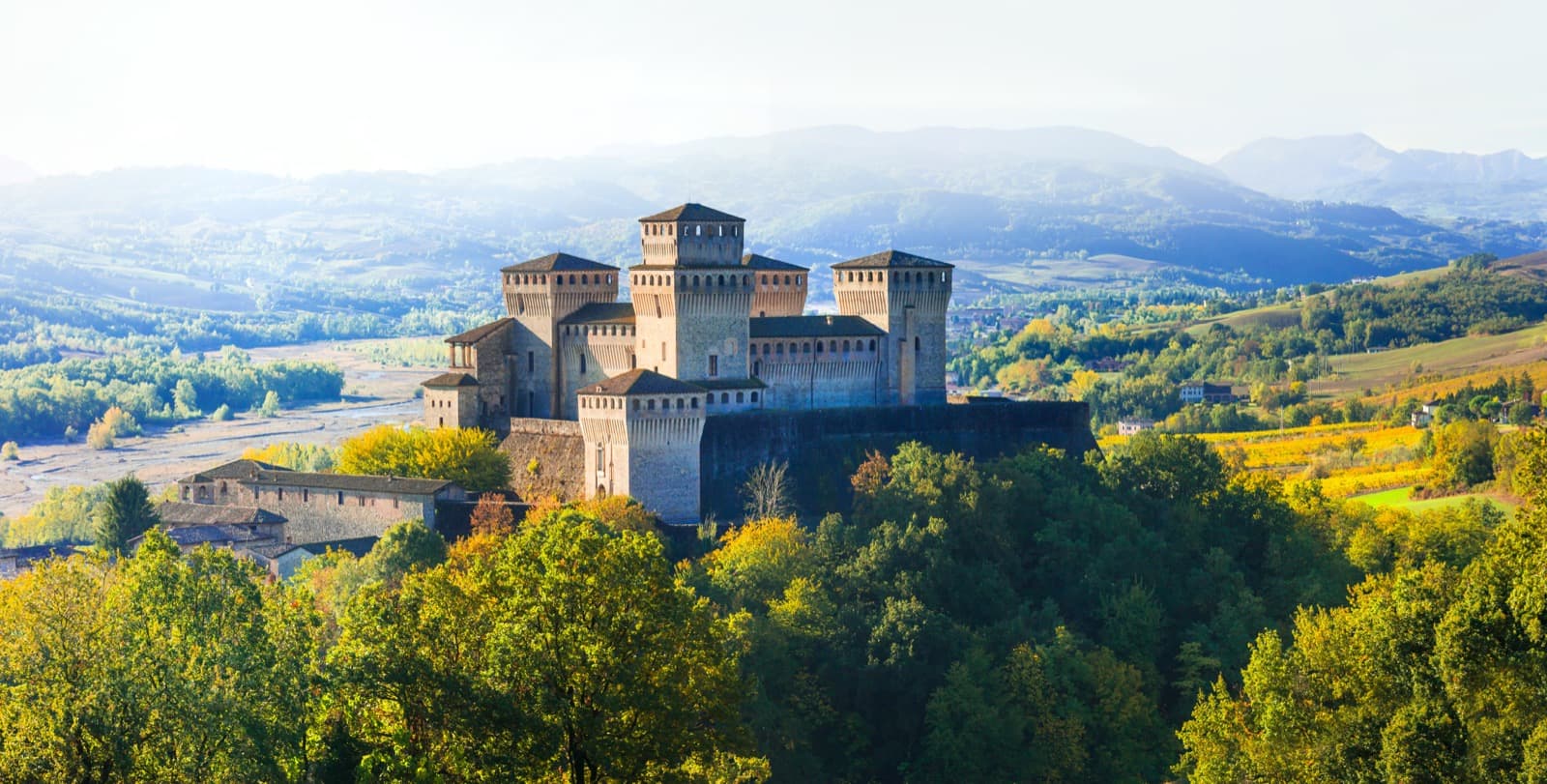Caterina Sforza, regent of Imola and Forlì, was a powerful woman, military commander and skilled politician. Her story and legend are still capable of fascinating young people of all ages and nationalities.
Perhaps not everyone knows that Caterina was the protagonist of one of the best-selling video games of recent years, Assassin’s Creed, which made her famous even among those who are not passionate about history.
A warrior's life
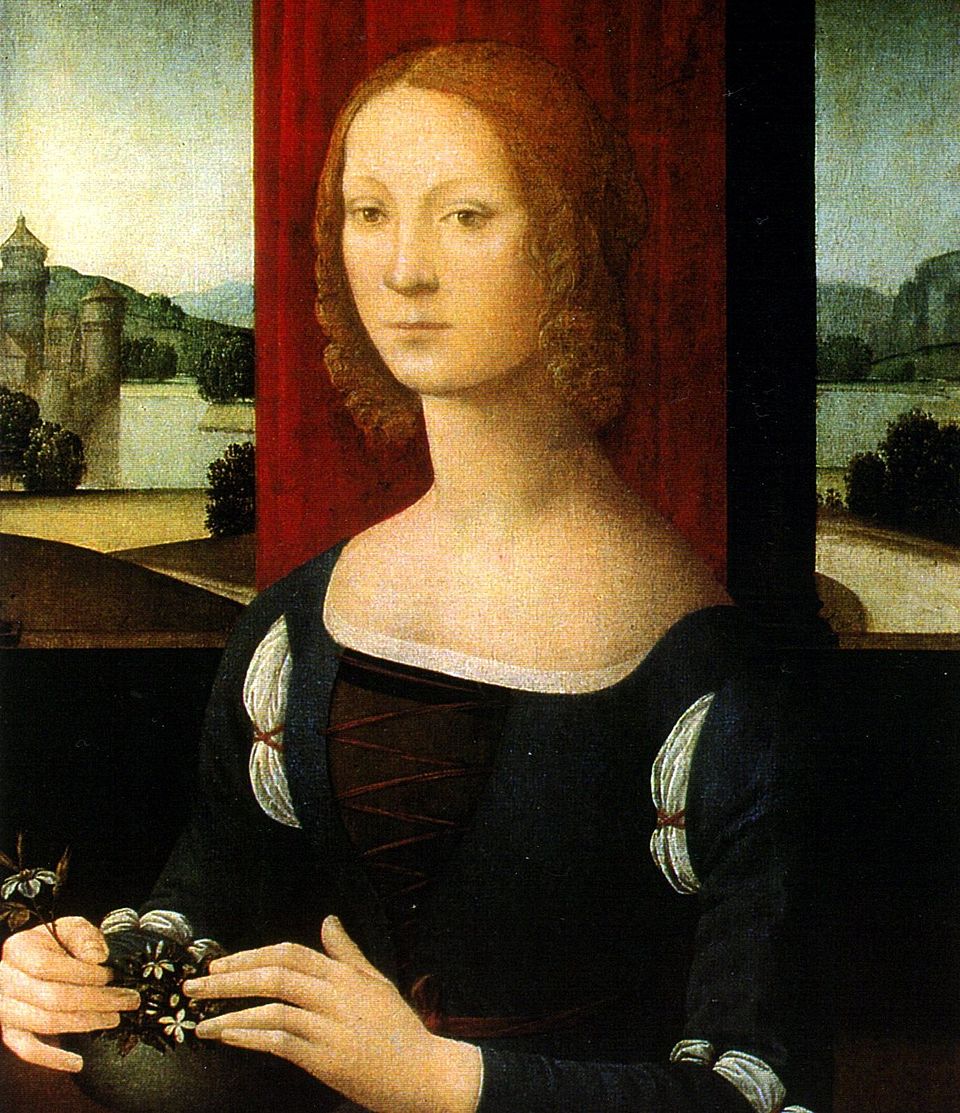
The illegitimate daughter of Galeazzo Maria Sforza, Duke of Milan, Caterina spent her youth with her grandmother Bianca Maria, the last heir of the noble Visconti family, who taught her the arts of command and warfare, as well as pride and awareness of being part of a warrior lineage, the Sforza family.
Caterina’s childhood was cut short very early on, as was the case for many women of her position at the time. In 1473, when she was not yet fifteen, she was betrothed to Girolamo Riario, nephew of Pope Sixtus IV, who had recently become lord of Imola and Forlì.
However, upon the Pope’s death, the fortunes of Catherine and her possessions also changed. Upon hearing the news of the Holy Father’s death, her adversaries indulged in the most vile acts of violence, looting and burning the properties of every family close to the deceased Pope.
It was on this occasion that Caterina demonstrated her military skills, which would characterise her entire existence. In a coup, she occupied Castel Sant’Angelo, the papal fortress in Rome, and pointed her cannons straight at the Vatican and its council of cardinals, effectively forcing them to take a more conciliatory stance.
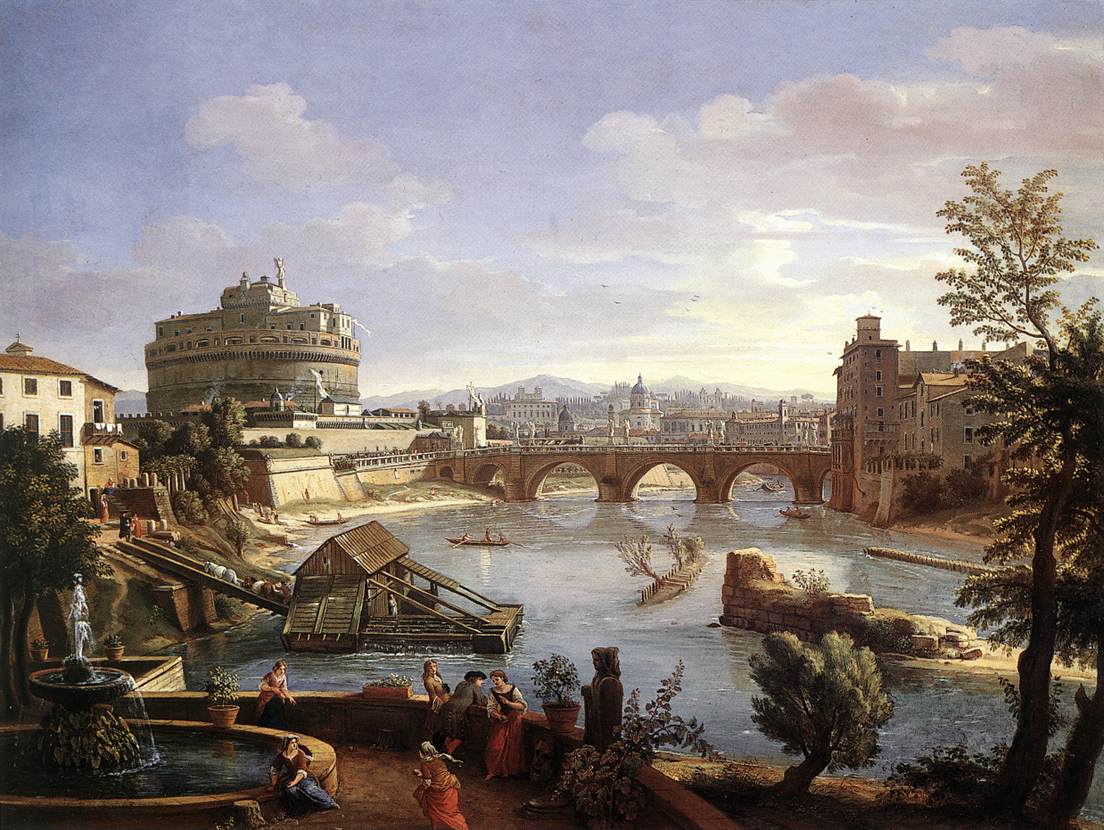
It wasn’t long before a conspiracy of local families killed Girolamo Riario, took Caterina and her children prisoner, and demanded the surrender of his guards barricaded in the Rocca di Ravaldino in Forlì.
But faced with the refusal of his garrisons to leave the fortress, the conspirators had no choice but to accept Caterina’s mediation. Once she arrived inside the fortress and reunited with her garrison, she shut herself in to prepare the city’s defence, even though her children were still being held hostage by the conspirators.
The legend of Caterina
This was one of the episodes that gave rise to the legend of Catherine, who wanted her to be a woman and politician capable of sacrificing even her family for a noble cause. In fact, she is famous for the phrase she allegedly uttered in front of the conspirators who threatened her children, although there is no historical evidence of it:
‘Do it, if you want: hang them in front of me – and, lifting her skirts and pointing to her pubic area – I have enough here to make more!’
As a matter of fact, faced with such bravado, the conspirators did not dare to touch the young Riario, and Caterina was thus able to regain control of both Forlì and Imola.
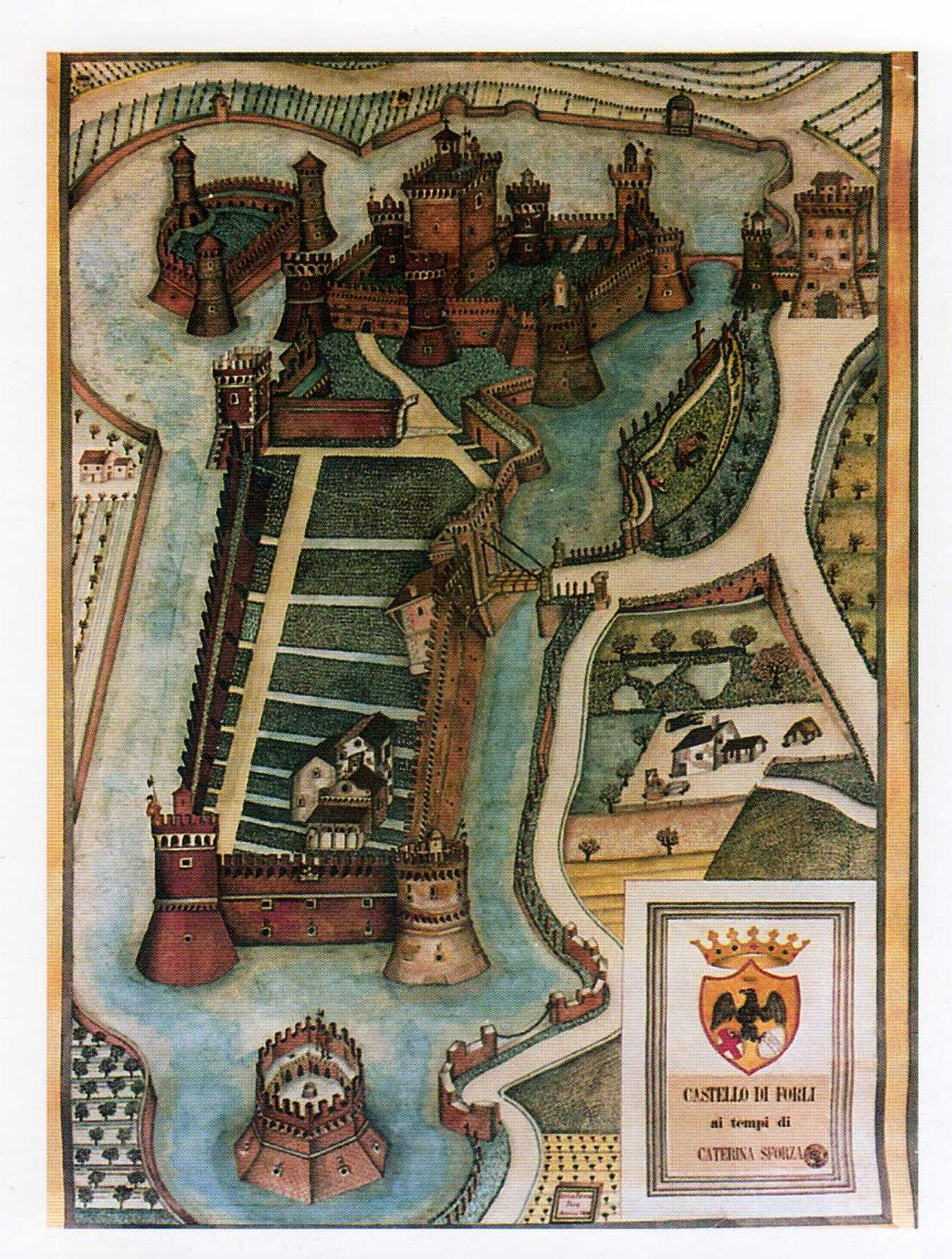
But this was only the first of many trials that Caterina had to overcome to become a legend. The possessions of Imola and Forlì were in fact strategically located along the routes of the time.
Halfway between the Signoria of Florence and the Venetian Dogado, on the border of the Papal possessions and close to the Duchy of Milan, Imola and Forlì were necessary stops for anyone wishing to travel to Central Italy. Frequented by merchants, soldiers and simple travellers, the road from Forlì to Florence was one of the strategic axes in Italy at the time. that is why it would not be long before others would claim rights over the lordships of Romagna.
It was during this period of disputes and claims that Caterina was nicknamed ‘Tiger’ by her opponents, due to her ability to command and to her cruelty towards enemies.
On 19 December 1499, Cesare Borgia, known as Il Valentino, assisted by the troops of Louis XII, King of France, laid siege to the Rocca di Ravaldino in Forlì.

The episode is recounted in many political annals of the time, including those of Nicolò Machiavelli. On 12 January 1500, after a week of uninterrupted bombardment, Valentino managed to breach the Rocca, taking Caterina Sforza prisoner along with what remained of her court.
Caterina’s solitary resistance was admired throughout Italy; Niccolò Machiavelli himself reported that numerous songs and epigrams were composed in her honour.
This was the final episode in the life of Caterina Sforza as ruler: from that moment on, she was never able to return to the lordships of Imola and Forlì, which Pope Julius II had entrusted to the Ordelaffi family. She ended her life in Florence, teaching her son Giovanni de’ Medici (who would later be known as Giovanni dalle Bande Nere).
Caterina Sforza is now one of the most famous female figures of the Italian Renaissance. TV series, films and video games have brought back the fame and notoriety that her life and actions deserved. Below are some videos that celebrate this great personality from Emilia Romagna.
‘The Borgias’ – Season 3
The story of Caterina Sforza has inspired not only ancient songs and films, but also famous video games such as ‘Assassin’s Creed II’:
Author

Maria Grazia Masotti
An eternal dreamer, but I try to stay grounded. I was raised in the countryside but I love big cities. I’m always ready for a trip, as long as it’s sustainable.
You may also like
Forlì on foot, what to see in a 10-stage tour
by Maria Grazia Masotti /// July 22, 2025
The Castle of Torrechiara (Parma, Italy), the fortress with a frescoed heart
by Lo Staff /// February 4, 2021

Interested in our newsletter?
Every first of the month, an email (in Italian) with selected contents and upcoming events.
